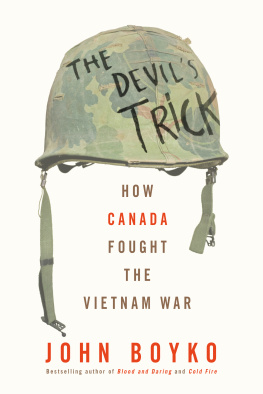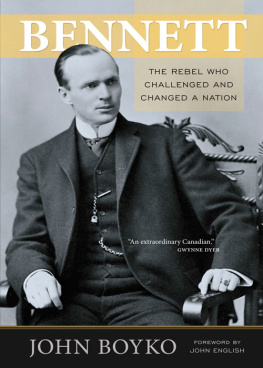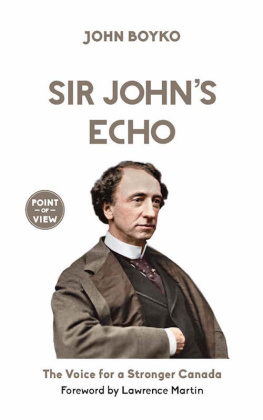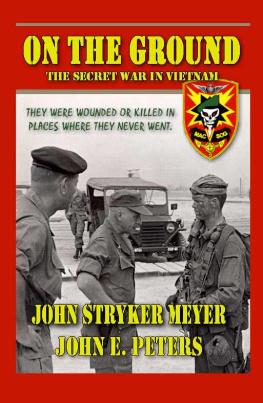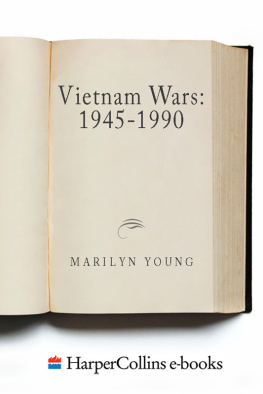John Boyko - The Devils Trick: How Canada Fought the Vietnam War
Here you can read online John Boyko - The Devils Trick: How Canada Fought the Vietnam War full text of the book (entire story) in english for free. Download pdf and epub, get meaning, cover and reviews about this ebook. year: 2021, publisher: Knopf Canada, genre: Politics. Description of the work, (preface) as well as reviews are available. Best literature library LitArk.com created for fans of good reading and offers a wide selection of genres:
Romance novel
Science fiction
Adventure
Detective
Science
History
Home and family
Prose
Art
Politics
Computer
Non-fiction
Religion
Business
Children
Humor
Choose a favorite category and find really read worthwhile books. Enjoy immersion in the world of imagination, feel the emotions of the characters or learn something new for yourself, make an fascinating discovery.
- Book:The Devils Trick: How Canada Fought the Vietnam War
- Author:
- Publisher:Knopf Canada
- Genre:
- Year:2021
- Rating:5 / 5
- Favourites:Add to favourites
- Your mark:
- 100
- 1
- 2
- 3
- 4
- 5
The Devils Trick: How Canada Fought the Vietnam War: summary, description and annotation
We offer to read an annotation, description, summary or preface (depends on what the author of the book "The Devils Trick: How Canada Fought the Vietnam War" wrote himself). If you haven't found the necessary information about the book — write in the comments, we will try to find it.
John Boyko: author's other books
Who wrote The Devils Trick: How Canada Fought the Vietnam War? Find out the surname, the name of the author of the book and a list of all author's works by series.
The Devils Trick: How Canada Fought the Vietnam War — read online for free the complete book (whole text) full work
Below is the text of the book, divided by pages. System saving the place of the last page read, allows you to conveniently read the book "The Devils Trick: How Canada Fought the Vietnam War" online for free, without having to search again every time where you left off. Put a bookmark, and you can go to the page where you finished reading at any time.
Font size:
Interval:
Bookmark:
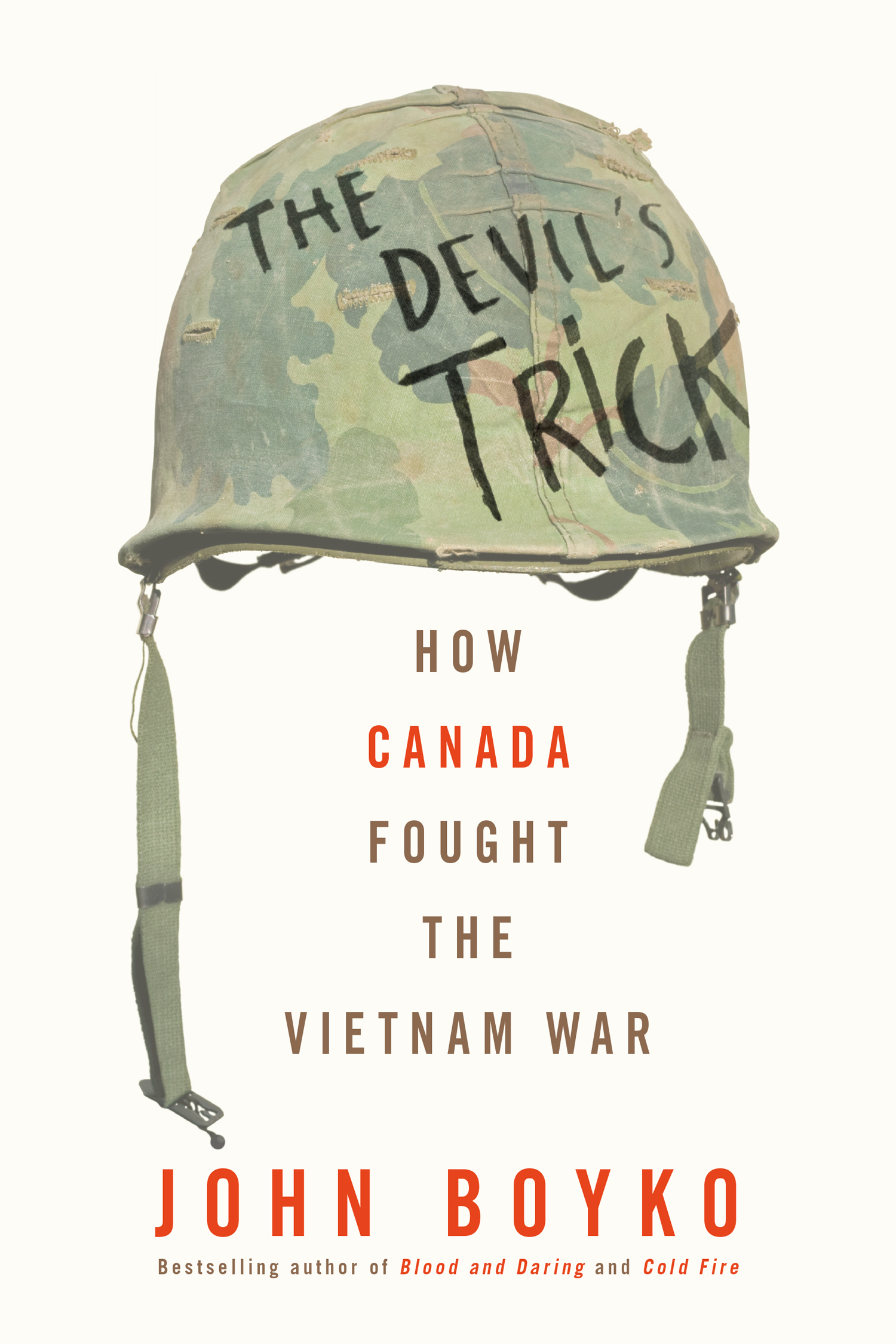
Sir Johns Echo: The Voice for a Stronger Canada
Cold Fire: Kennedys Northern Front
Blood and Daring: How Canada Fought the American Civil War and Forged a Nation
Bennett: The Rebel Who Challenged and Changed a Nation
Into the Hurricane: Attacking Socialism and the CCF
Last Steps to Freedom: The Evolution of Canadian Racism
Politics: Conflict and Compromise

PUBLISHED BY ALFRED A. KNOPF CANADA
Copyright 2020 John Boyko
All rights reserved under International and Pan-American Copyright Conventions. No part of this book may be reproduced in any form or by any electronic or mechanical means, including information storage and retrieval systems, without permission in writing from the publisher, except by a reviewer, who may quote brief passages in a review. Published in 2020 by Alfred A. Knopf Canada, a division of Penguin Random House Canada Limited, Toronto. Distributed in Canada and the United States of America by Penguin Random House Canada Limited, Toronto.
www.penguinrandomhouse.ca
Knopf Canada and colophon are registered trademarks.
Library and Archives Canada Cataloguing in Publication
Title: The devils trick : how Canada fought the Vietnam War / John Boyko.
Names: Boyko, John, 1957- author.
Identifiers: Canadiana (print) 20190158654 | Canadiana (ebook) 20190158670 | ISBN 9780735278004 (hardcover) | ISBN 9780735278011 (HTML)
Subjects: LCSH: Vietnam War, 1961-1975Participation, Canadian. | LCSH: Vietnam War, 1961-1975Diplomatic history.
Classification: LCC DS558.6.C3 B69 2020 | DDC 959.704/3371dc23
Ebook ISBN9780735278011
Text design: Andrew Roberts
Cover design: Andrew Roberts
Image credits: Cover: (helmet) GBlakeley, iStock/Getty Images; , courtesy Rebecca Trinh

v5.4
a
This book is dedicated to Sue, Jennifer, Kenzie, and Anna, and all their stories yet to be told.
INTRODUCTION
Stories that Matter
CHAPTER 1
Sherwood Lett and the Three Hundred Days
CHAPTER 2
Blair Seaborn and a Chance for Peace
CHAPTER 3
Claire Culhane: Persistent Resistance
CHAPTER 4
Joe Erickson and the New Underground Railroad
CHAPTER 5
Doug Carey: Soldiers in Another Mans War
CHAPTER 6
Rebecca Trinh: Desperation Meets Compassion
CONCLUSION
The Whistling Dog
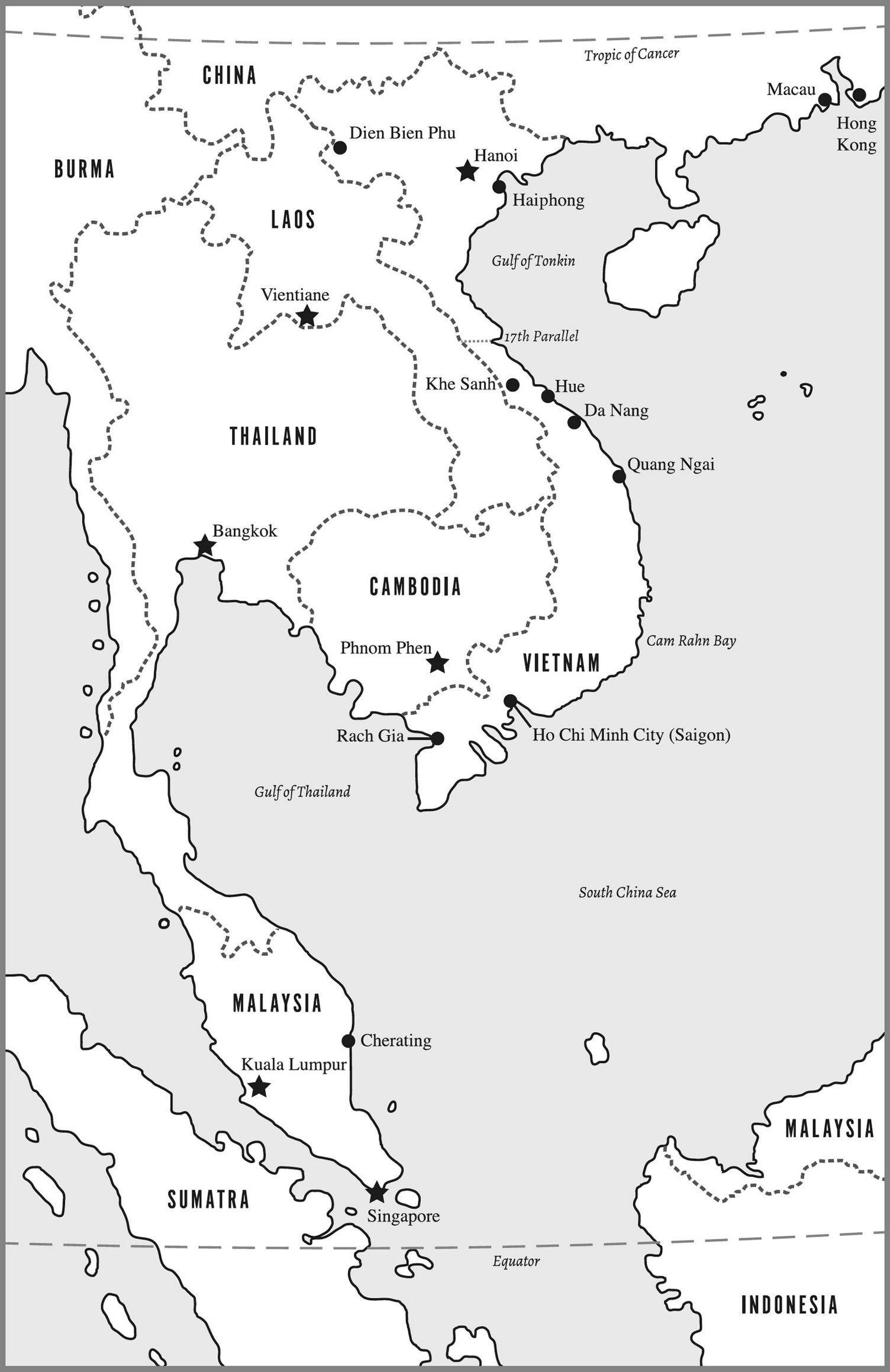
War is about sending our children to kill theirs. The devils trick is convincing leaders that war is desirable, the rest of us that its acceptable, and combatants that everything they are doing and seeing is normal or, at least, necessary.
Canada has always been a warrior state. It has fought or involved itself in war proudly, often reluctantly, and sometimes covertly. Some wars were noble pursuits and others just good business. Sometimes forgotten, and even at the time widely denied, is that among Canadas wars was the Vietnam War, the slow-motion tragedy that revealed the devils trick at its wiliest.
There were Canadians in Vietnam fighting and dying in American uniforms; others were working in Canadian-run hospitals; and there were Canadian diplomats in Vietnam who tried to stop the war before it began, and then monitored its carnage. There were Canadian weapons in Vietnamese cities, villages, and jungles and falling from the sky. Back home, young Americans flooded north to escape the war, while Canadians were taking to the streets to urge lawmakers to stop it, or at least end Canadas involvement. When the guns finally fell silent, if only for a while, more Canadian diplomats headed to Vietnam. Soon, thousands of desperate refugees fled postwar madness, many finding sanctuary in Canada. The war changed everything and everyone it touched. The war changed Canadians. It changed Canada.
One cannot fully comprehend the Vietnam War without understanding Canadas role in it. One cannot fully understand Canada or the United States without considering the wars lies and lessons. We deserve the truth, and we need the lessons, because the Vietnam War still echoes in the stories we tell ourselves about who we are, who we are not, and who we aspire to be.
We must begin by placing the war in its time. First, the wars American phase and Canadas involvement, from the mid-1950s to the late 1970s, occurred during a period of sweeping changes in Canada and the United States that challenged all that had been considered certain. A generation that had suffered the Depression and fought the Second World War and were finally enjoying peace and prosperity, were being confronted by attacks on unspoken rules. Those in defiance of all that was thought proper presented discomforting questions about who should be in charge and who should know their place; whether more people should share the benefits of good times; and even the relevance of material comfort. The Civil Rights and burgeoning Indigenous Rights movements were forcing re-evaluations of original sins. Quebecs Quiet Revolution saw bombs killing innocents amid demands for Canadas splintering or, at a minimum, a fundamental redefinition of nationhood. A youth quake, reflected in music, fashion, art, and attitude, and fuelled by the raw clout of baby-boom numbers was redefining social norms. The Womens Movements Second Wave and the licence afforded by the newly invented birth control pill were slowly spurring changes from bedrooms to boardrooms.
As the war progressed through the sixties, its brutality was seen every night on the widely watched Canadian and American television evening news programsalong with police dogs ripping flesh, night sticks cracking heads, radicals throwing rocks at the prime minister, fires consuming buildings, the public murders of progressive leaders, protests in universities, and young men burning draft cards.
Within the broad context of so much challenge and change, the war united some families and divided others. It unified the movements and linked individuals in the streets with those privately hoping for change. In Canada and the United States, Vietnam became a symbol for all that was wrong and needed to be fixed or torn down. Until late in the war, Canadian and American political leaders and the business and media elites who supported it seemed wedded to the status quo. The power structures they represented became the ramparts to be breached by those wanting to replace the old with the new. Communities split as the elites drew support from those who felt that anti-war beliefs, the various movements, and all those long-haired kids were unpatriotic and dangerous.
Second, we must contextualize the war by recalling that it was part of the larger Cold War. In the Second World War the liberal West joined the communist Soviet Union to defeat the fascist Nazis. Even before Hitler shot out what was left of his brains, however, the alliance was crumbling. At the February 1945 Yalta Conference, Britain, the United States, and the Soviet Union planned a postwar world with Soviets and Americans struggling for global dominance. With the wars end, guns and money were sent to the competing sides in every nationalist movement, civil war, and crooked election. In August 1949 the Soviet Union successfully tested its first nuclear weapon. The West appeared to be no longer safe. Just two months later, a decades-long revolution ended with the formation of a communist government in China. The West appeared to be no longer winning.
Font size:
Interval:
Bookmark:
Similar books «The Devils Trick: How Canada Fought the Vietnam War»
Look at similar books to The Devils Trick: How Canada Fought the Vietnam War. We have selected literature similar in name and meaning in the hope of providing readers with more options to find new, interesting, not yet read works.
Discussion, reviews of the book The Devils Trick: How Canada Fought the Vietnam War and just readers' own opinions. Leave your comments, write what you think about the work, its meaning or the main characters. Specify what exactly you liked and what you didn't like, and why you think so.

